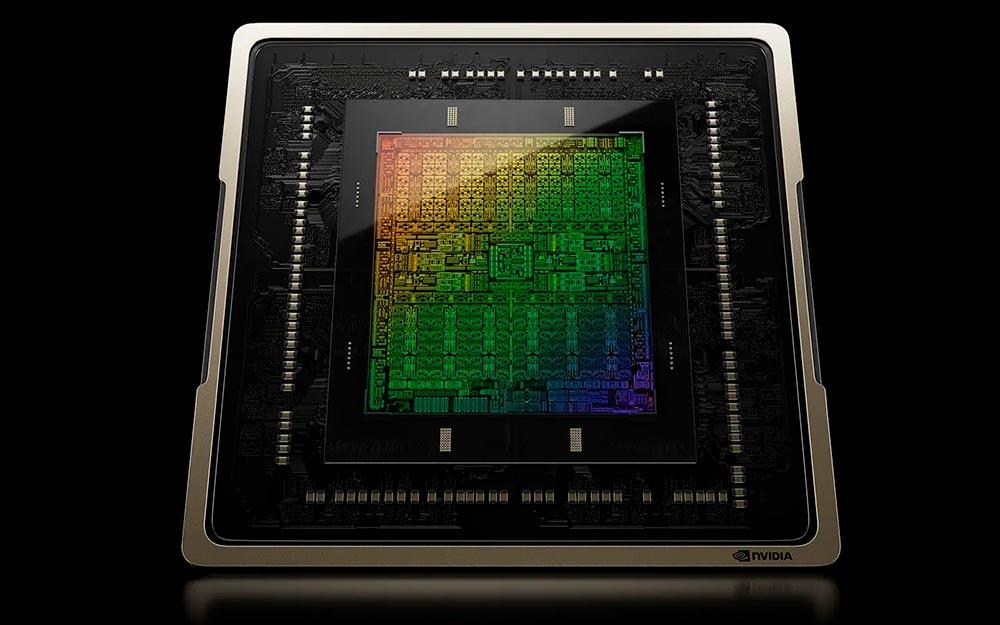You may think that a graphics card is better than a processor for generating images because, in effect, what the graphics card does is generate graphics, images on the monitor. However, this is more circumstantial than anything else, because technically the explanation is different, and that is what we are going to talk to you about right away.
Graphics vs processors to generate images
In order to give a technical but understandable explanation of this we have to “get down to the mud” and get down to the basics, but we are going to do it in mundane terms so that anyone can understand it. Everyone knows that a processor has several cores and process threads, and each of them is capable of executing a task in parallel with the others. Until then, good. A processor is multipurpose, that is, its instruction set is so broad that it can perform almost any type of task, from doing a simple sum to generating an image.

And while a processor has “a few” multipurpose cores, a graphics card has thousands of cores, but more specific ones, intended to perform only certain specific tasks (including image generation, of course). For example, an AMD Ryzen 7 7800X3D processor has 8 cores and 16 threads, which means it can perform 16 simultaneous tasks. For its part, a very old NVIDIA GT730 launched 10 years ago has 96 cores, and is therefore capable of performing 96 tasks in parallel. Now imagine an RTX 4090 with 16,384 cores…
Do you see where we are going? When generating images, a processor would generate pixels little by little, while a graphics card would do practically everything at once.
We can see this wonderfully demonstrated by famous people. Myth Busters (Mythbusters in Spanish), who with the collaboration of NVIDIA demonstrated precisely this: the generation of images in a processor and a graphics card, painting nothing more and nothing less than the Mona Lisa. If you are curious, we highly recommend watching the entire video, because it is pure gold.
In the video we can see, initially, how a CPU, in this case with a single core, would generate an image: it does so by throwing paintballs one at a time, and not only does it take a long time but the result leaves a lot to be desired. Then they do it emulating how a graphics card would do it, with a lot of cores working in parallel and… well, according to the video they painted the Mona Lisa in just 80 milliseconds.
This can be extrapolated to reality in a very simple way, as we explained at the beginning: graphics cards have a lot of cores that work in parallel and generate images much faster than a CPU. Logical, right?










